The Fine Wine Market and Interest Rates
The Fine Wine Market and Interest Rates
With global interest rates such a topical theme going into 2024, our Senior Portfolio Manager Matt Small analyses what effect interest rates have had on the fine wine market historically and how changes in interest rates could influence the price of fine wine going into next year.
The western world’s largest central banks have, for the last two years, been walking an economic tight rope between managing inflation and maintaining economic growth. One of their main tools for influencing the economy is the setting of interest rates, otherwise known as monetary policy. An increase in rates, known as a hawkish policy, can be used to curb inflation, while a decrease in rates, known as a dovish policy, can be used to stimulate economic growth.
With global interest rates such a topical theme going into 2024, I believe it is poignant to analyse what effect interest rates have had on the fine wine market historically and how changes in interest rates could influence the price of fine wine going into next year.
To ascertain the historical effect of interest rates on the fine wine market, I am going to compare the value of the Liv-Ex Fine Wine 1000 (the benchmark fine wine index) to the yield of the 1-year UK gilt (the interest rate) since the inception of the index in January 2004. As a method of comparison, I am going to calculate the correlation coefficient (statistical measure of the strength of a linear relationship between two variables).
Coefficient Interval | Correlation |
0.00-0.199 | Very Weak |
0.20-0.399 | Weak |
0.40–0.599 | Medium |
0.60-0.799 | Strong |
0.80-1.000 | Very Strong |
The correlation coefficient between the Liv-Ex Fine Wine 1000 and UK 1-year gilt yields is -0.61. Using the above interval table, we can determine that there is a strong inverse relationship between UK interest rates and the value of fine wine. Put simply when UK interest rates are high, fine wine values tend to be lower and when UK interest rates are low, fine wine values tend to be higher.
The reasons for this are threefold;
- When UK interest rates increase relative to global rates, this increases the value of Sterling. Sterling is the base currency for fine wine so when the value of Sterling increases, so does the cost of fine wine to non-UK consumers and reduces global demand for fine wine.
- The increase in the risk-free rate (central bank rate) has increased the opportunity cost of investing in wine. i.e. An investor decides between a guaranteed return of 5% with no risk, or fine wine which has averaged 7.2% over the long term which equates to a risk premium of 2.2%. When interest rates are lower this risk premium becomes more attractive.
- High interest rates reduce economic growth. When economic growth is high, spending on luxury goods such as fine wine increases.

Matthew Small, Senior Portfolio Manager
Following a career in Investment Banking, Matt is fascinated by tracking and understanding the analytics of the fine wine market. He works with our investor clients, helping them to build robust, diversified portfolios with long-term earnings potential.





